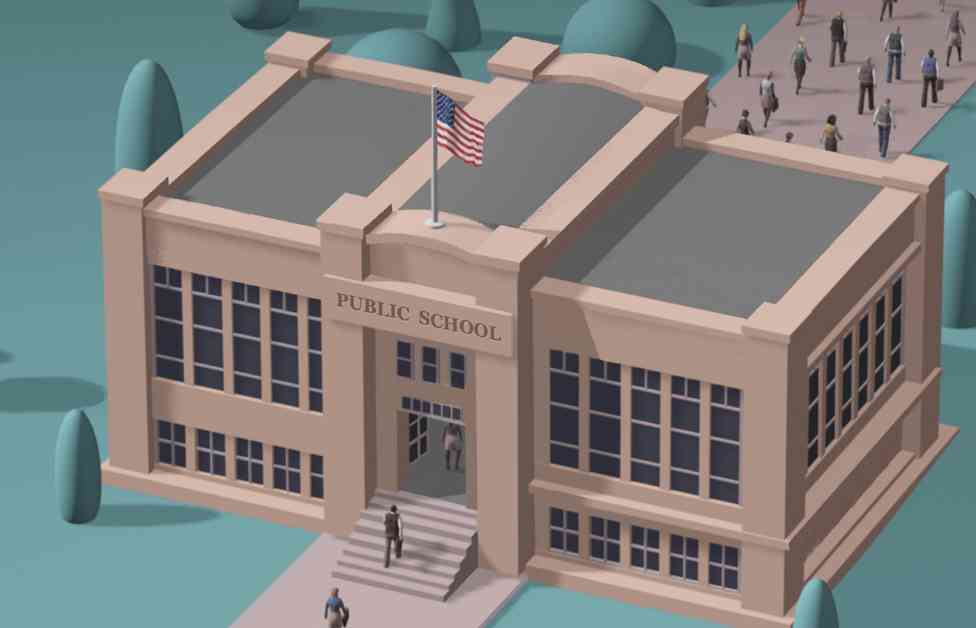Top Locations for Special Education Teachers
Schools across America are facing a significant shortage of special education teachers, a trend that has persisted for many years. This shortage poses a challenge for policymakers and educators alike, as the demand for these specialized professionals continues to rise rapidly. In this article, we will explore the factors contributing to the shortage of special education teachers, examine the impact on students with disabilities, and discuss potential solutions to address this ongoing issue.
Rapidly Rising Demand
The percentage of public school students receiving special education services has been steadily increasing, reaching 15 percent in the most recent academic year. This rise in demand can be attributed to various factors, including improved identification of students in need of additional support and changes in federal policies such as the reauthorizations of the Individuals with Disabilities Education Act (IDEA). Additionally, advancements in scientific and cultural understanding have led to a greater emphasis on serving students with learning differences.
National data show that students with disabilities are increasingly included in general education classes in regular schools, a trend advocated for by disability rights activists. While this shift towards inclusive education may have led to a decrease in the need for dedicated special education teachers, the actual numbers tell a different story. The number of special education teachers and instructional aides has grown at a faster rate than the number of students identified for special education services, indicating a persistent mismatch between supply and demand.
Supply Shortfall
The work of special education teachers is undeniably challenging, with higher workloads and greater turnover rates compared to general education teachers. National surveys have revealed that special education teachers are more likely to leave the profession entirely or change schools, highlighting the inherent difficulties of these roles. Despite the high demand for special education teachers, the supply of new graduates entering the field has not been sufficient to meet hiring needs.
In 2020-21, public schools employed over 540,000 special education teachers, with a significant portion leaving the profession or changing schools each year. This turnover results in approximately 46,000 open positions that need to be filled annually. While some of these vacancies may be filled by re-entrants or teachers from other fields, the tight labor market for special educators remains a pressing issue.
The Reality on the Ground
Filling open special education positions can be a significant challenge for schools, particularly in rural areas and high-poverty communities. Research has shown that job openings in special education take longer to fill compared to general elementary positions, creating a persistent gap in staffing levels. To address these shortages, schools may resort to hiring unlicensed or emergency-credentialed teachers, despite federal regulations requiring full certification for special education roles.
Alarmingly, a substantial number of special education teachers and support staff are not fully certified for their positions, raising concerns about the quality of education provided to students with disabilities. This pattern of hiring inadequately trained personnel perpetuates a cycle of turnover and vacancies, underscoring the urgent need for comprehensive solutions to address the supply-demand mismatch in special education.
Addressing the Supply-Demand Mismatch
To effectively address the shortage of special education teachers, policymakers must consider a multifaceted approach that tackles both the supply and demand sides of the issue. While financial incentives may attract more teachers to the field, district officials must also recognize the unique challenges faced by special educators and provide adequate support and resources.
States like Hawaii have implemented innovative strategies, such as offering significant stipends for special education teachers working in hard-to-staff schools, to mitigate shortages and improve retention rates. Additionally, exploring team-based staffing models and collaboration initiatives can enhance the professional development and job satisfaction of special education teachers, ultimately benefiting students with disabilities.
In conclusion, the shortage of special education teachers in America’s public schools is a complex and persistent issue that requires a comprehensive approach to address. By understanding the factors contributing to the shortage, implementing targeted solutions, and prioritizing the needs of students with disabilities, policymakers can work towards ensuring all students receive the support and resources they need to thrive in the classroom.

